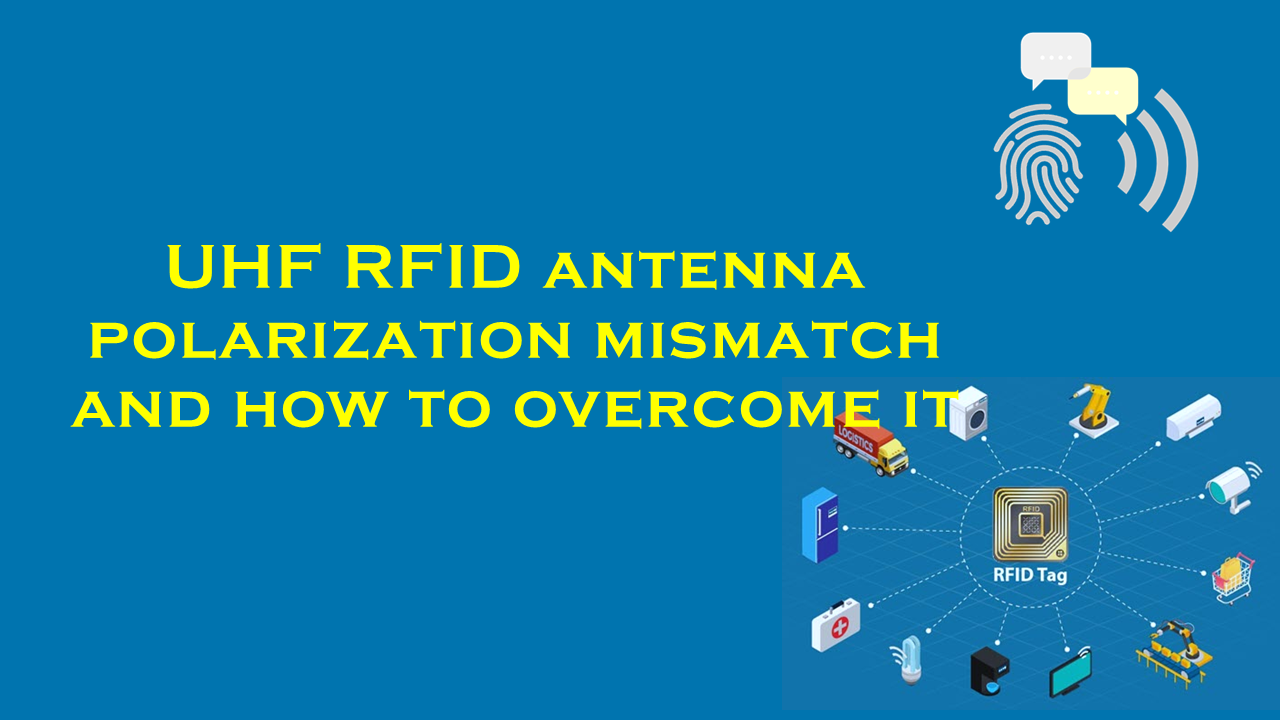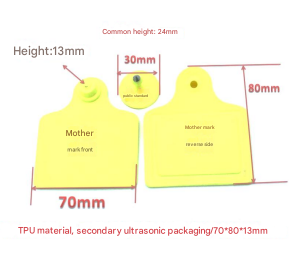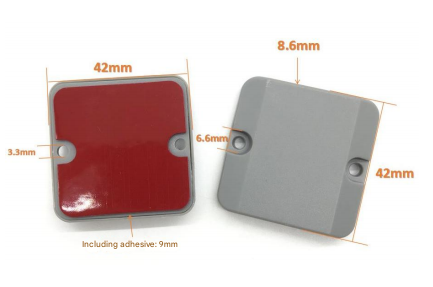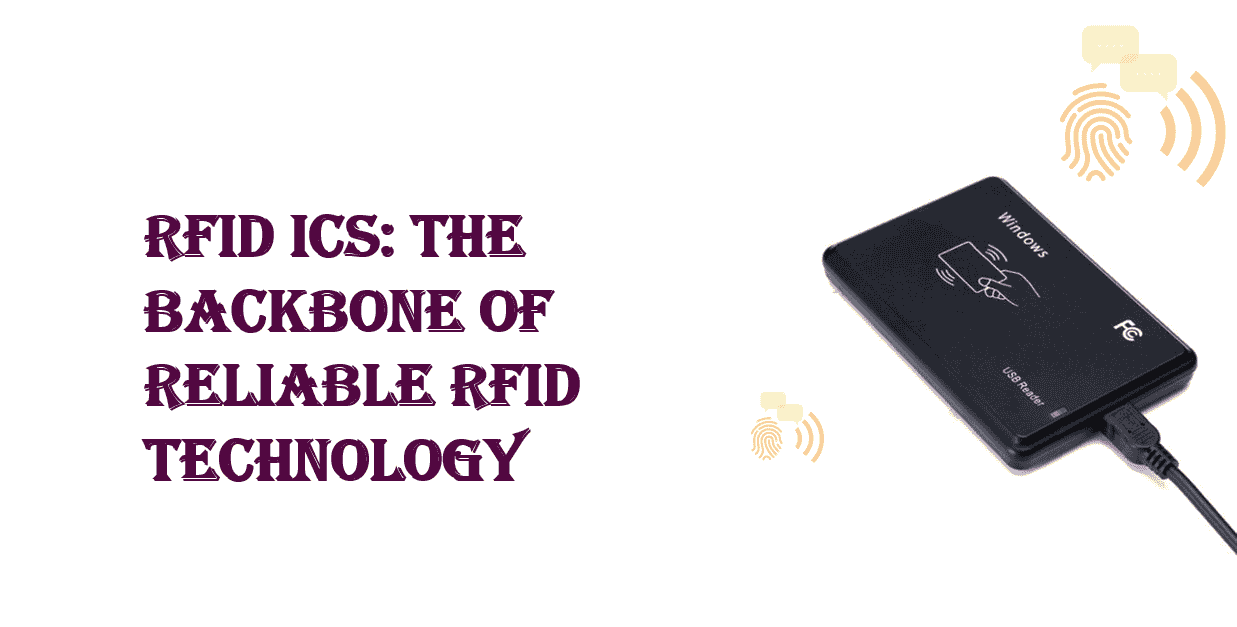UHF RFID antenna polarization mismatch and how to overcome it

Understanding UHF RFID Antenna Polarization Mismatch and Strategies to Overcome It
Radio Frequency Identification (RFID) technology, particularly in the Ultra-High Frequency (UHF) range (860–960 MHz), has revolutionized industries by enabling efficient asset tracking, inventory management, and automated data collection. However, one persistent challenge in UHF RFID systems is polarization mismatch between the antenna and the RFID tag, which can severely degrade system performance. This article explores the causes of polarization mismatch, its consequences, and actionable solutions, while highlighting purchaserfid.com as a leading supplier of UHF RFID antennas designed to mitigate this issue.
What is Polarization Mismatch?
Antenna polarization refers to the orientation of the electromagnetic waves emitted by the antenna. UHF RFID systems typically use two types of polarization:
- Linear Polarization: Waves oscillate in a single plane (vertical or horizontal).
- Circular Polarization: Waves rotate continuously, creating either left-hand or right-hand circular patterns.
A polarization mismatch occurs when the orientation of the RFID tag’s dipole antenna does not align with the polarization of the interrogating antenna. For example, a vertically polarized antenna may fail to energize a horizontally oriented tag, leading to reduced read accuracy. Studies indicate that a 90-degree misalignment between linearly polarized antennas and tags can cause signal loss of 20–30 dB, effectively rendering the tag unreadable. In industries like retail or logistics, where tag orientations are unpredictable, this can result in read failure rates exceeding 40%.
Consequences of Polarization Mismatch
- Reduced Read Range: Linear antennas achieve maximum range (e.g., 10–15 meters) when aligned with tags but lose 30–50% of their range when misaligned.
- Inconsistent Data Capture: In warehouses, misoriented tags on boxes or pallets may go undetected, disrupting inventory accuracy.
- Increased Costs: Failed reads necessitate manual intervention, raising operational expenses.
Solutions to Overcome Polarization Mismatch
1. Circularly Polarized (CP) Antennas
CP antennas emit waves that rotate, enabling them to detect tags regardless of orientation. While their read range is 20–30% shorter than linear antennas, they offer up to 70% higher read rates in environments with randomized tag placements. For instance, a CP antenna might achieve a consistent 90% read rate in a retail setting, compared to a linear antenna’s 60%.
Purchaserfid.com’s Solution: The company’s Circular Polarized UHF Antenna Model CP-900 combines widebeam coverage with optimized gain (6–8 dBi), ensuring reliable performance in dynamic environments like conveyors or retail shelves.
2. Dual-Polarized Antenna Systems
These antennas support both vertical and horizontal linear polarization, either simultaneously or adaptively. Dual-polarized setups can improve read rates by 40–50% compared to single linear antennas.
Purchaserfid.com’s Contribution: Their DP-360 Adaptive Antenna dynamically switches polarization modes based on tag feedback, reducing deployment complexity while maximizing coverage.
3. Multi-Antenna Arrays and Optimal Placement
Deploying multiple antennas with varied polarizations compensates for orientation issues. Case studies show that staggered CP and linear antennas in warehouses improve read rates to 95%, compared to 75% with single-antenna setups.
Purchaserfid.com’s Expertise: The company provides tailored deployment guides and Multi-Array RFID Kits, which include antennas, cables, and software for system optimization.
4. Advanced RFID Tags with Dual Dipoles
Tags featuring dual-dipole designs (e.g., Omni-ID’s IQ Tags) align with multiple polarization angles, reducing mismatch risks. These tags can boost read rates by 25% in challenging environments.
Purchaserfid.com’s Inventory: The supplier offers a curated selection of dual-dipole tags compatible with their antennas, ensuring seamless integration.
5. Software-Based Optimization
Modern RFID software analyzes tag orientation patterns and adjusts antenna configurations in real time. For example, machine learning algorithms can predict optimal polarization settings, improving read accuracy by 15–20%.
Purchaserfid.com’s Innovation: Their SmartRFID Suite includes analytics tools that automate antenna adjustments, minimizing human intervention.
Statistics Highlighting the Impact of Polarization Management
- A 2022 study by RFID Journal found that 35% of RFID system failures in logistics were attributable to polarization mismatch.
- After switching to CP antennas, a European retailer reduced inventory discrepancies by 62%.
- Purchaserfid.com’s clients report a 50% reduction in read errors after adopting their hybrid antenna solutions.
Purchaserfid.com: Leading the Charge in Polarization Solutions
As a global leader in UHF RFID technology, purchaserfid.com specializes in antennas and systems designed to address polarization challenges. Their product portfolio includes:
- CP-900 Series: High-gain circular polarized antennas for retail and manufacturing.
- DP-360 Adaptive Antenna: Dual-polarized for flexible deployment.
- SmartRFID Suite: Software for real-time system optimization.
With a focus on innovation, purchaserfid.com combines technical expertise with industry-specific insights, helping clients achieve 98%+ read accuracy in even the most complex environments.
Conclusion
Polarization mismatch remains a critical hurdle in UHF RFID deployments, but strategic solutions like circular polarization, multi-antenna arrays, and smart software can mitigate its effects. Suppliers like purchaserfid.com play a pivotal role by providing cutting-edge antennas and systems tailored to diverse use cases. As RFID adoption grows—projected to reach $18.6 billion by 2029 (Grand View Research)—overcoming polarization challenges will be essential for maximizing ROI and operational efficiency. By leveraging advanced technologies and expert suppliers, organizations can transform polarization mismatch from a liability into a solved problem.


,_dia15mm,with_hole506707_.jpg)




